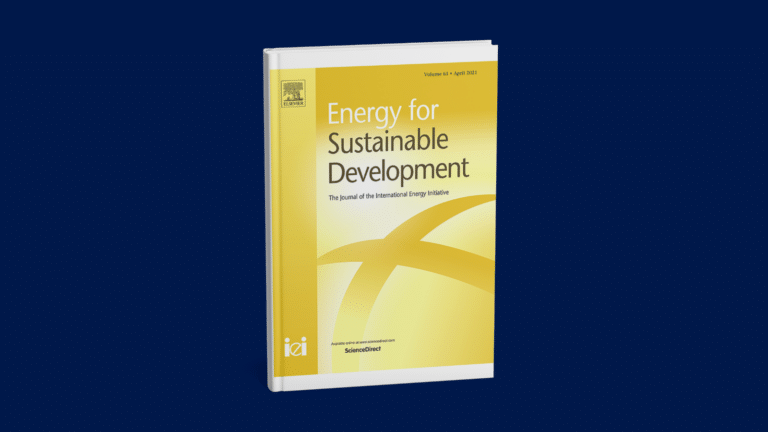Big banks predict catastrophic warming, with profit potential
Morgan Stanley, JPMorgan and an international banking group have quietly concluded that climate change will likely exceed the Paris Agreement's 2 degree
Current Access Level “I” – ID Only: CUID holders, alumni, and approved guests only
Reports by Sebastian Orozco & Mauricio Cárdenas • November 21, 2022
This report represents the research and views of the author. It does not necessarily represent the views of the Center on Global Energy Policy. The piece may be subject to further revision. Contributions to SIPA for the benefit of CGEP are general use gifts, which gives the Center discretion in how it allocates these funds. More information is available at https://energypolicy.columbia.edu/about/partners. Rare cases of sponsored projects are clearly indicated.
For a full list of financial supporters of the Center on Global Energy Policy at Columbia University SIPA, please visit our website at https://www.energypolicy.columbia.edu/partners. See below a list of members that are currently in CGEP’s Visionary Annual Circle.
(This list is updated periodically)
Air Products
Anonymous
Jay Bernstein
Breakthrough Energy LLC
Children’s Investment Fund Foundation (CIFF)
Occidental Petroleum Corporation
Ray Rothrock
Kimberly and Scott Sheffield
Tellurian Inc.
Latin American and Caribbean (LAC) countries are among the most vulnerable in the world to climate change, experiencing at least one extreme weather-related event per country, on average, every three years over the past two decades. As signers to the Paris Agreement, LAC countries established nationally determined contributions (NDCs), pledging to significantly reduce greenhouse gas (GHG) emissions by 2030 and become net zero by 2050. Over the last two years, many LAC countries, including the six largest economies—Argentina, Brazil, Chile, Colombia, Mexico, and Peru—have updated or submitted new NDCs, raising their climate mitigation ambition. While public opinion surveys show support for climate-related policies among citizens in the region, the transition to a low-emissions economy is extremely challenging, and even out of reach, for LAC countries under current policies.
Financing this transition is a key question for the 2022 United Nations Climate Change Conference. As part of the ongoing research on energy transition at Columbia University’s Center on Global Energy Policy, this report analyzes the challenges of climate mitigation in LAC countries. The region has a unique composition of emissions: the Agriculture, Forestry, and Other Land Use (AFOLU) sector accounts for 40 percent of the region’s total emissions, almost double the global average. Deforestation and land-use change, which drive this sector’s emissions, release vast quantities of nitrous oxide and methane emissions in addition to carbon dioxide. Another characteristic of the region is its heavy dependence on fossil fuel revenues, which raises transition costs and risks of financing a low-carbon future.
This report outlines the trade-offs facing the region as well as market-based solutions that could help finance climate mitigation initiatives. The main findings are as follows:
The Just Energy Transition Partnership (JETP) framework[1] was designed to help accelerate the energy transition in emerging market and developing economies (EMDEs) while embedding socioeconomic[2] considerations into its planning and implementation.

President Donald Trump has made energy a clear focus for his second term in the White House. Having campaigned on an “America First” platform that highlighted domestic fossil-fuel growth, the reversal of climate policies and clean energy incentives advanced by the Biden administration, and substantial tariffs on key US trading partners, he declared an “energy emergency” on his first day in office.


Full report
Reports by Sebastian Orozco & Mauricio Cárdenas • November 21, 2022